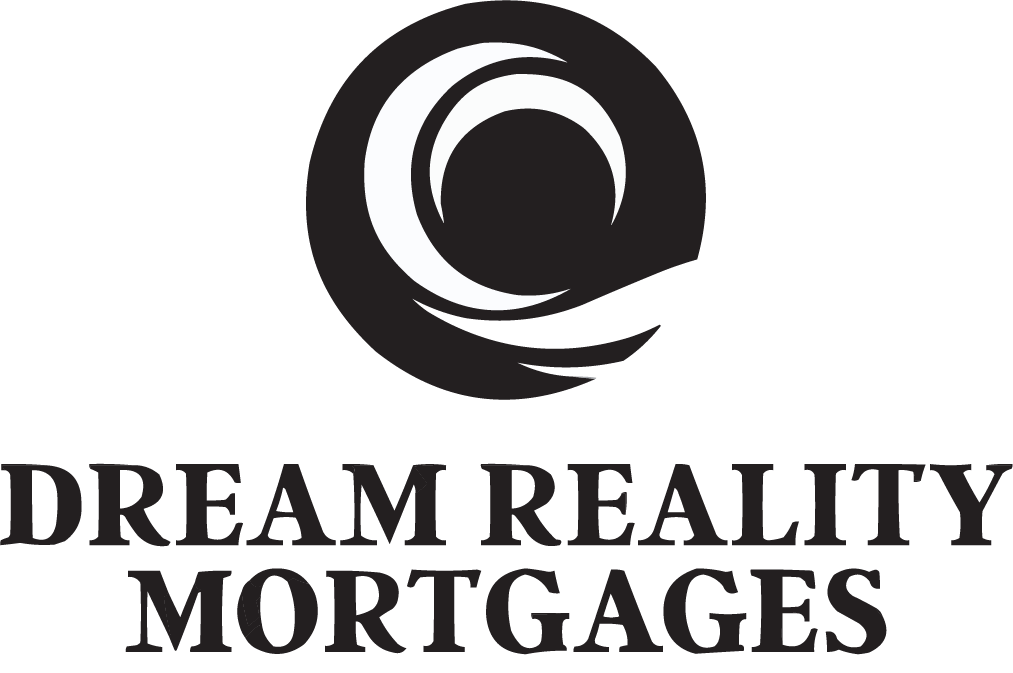
Mortgage Refinancing
Refinancing a mortgage involves replacing your existing mortgage with a new one, often to take advantage of better interest rates, consolidate debt, or access home equity. Here's what you should know:
Reasons to Refinance
Lower Interest Rates: If mortgage rates have dropped significantly since you first obtained your mortgage, refinancing can lower your monthly payments and overall interest costs.
Debt Consolidation: You can use the equity in your home to consolidate high-interest debt (such as credit cards or personal loans) into your mortgage. This can lead to lower interest rates on that debt.
Accessing Home Equity: If your home has appreciated in value or you’ve paid down a large portion of your mortgage, you can refinance to borrow against your home’s equity for major expenses like renovations, education, or investments.
Changing Terms: You may want to switch from a variable-rate to a fixed-rate mortgage (or vice versa) or change the term length (e.g., from a 5-year to a 3-year term).
Adding a Co-borrower: Refinancing can also facilitate changes in mortgage holders, such as adding or removing a co-borrower.


Costs Associated with Refinancing
Prepayment Penalties: Breaking your mortgage term early can result in prepayment penalties. For fixed-rate mortgages, this penalty is typically the greater of three months’ interest or an Interest Rate Differential (IRD). For variable-rate mortgages, it’s normally equal to three months’ interest.
Legal Fees: You’ll likely need a lawyer or notary to finalize the new mortgage, which can add legal fees to the cost.
Appraisal Fees: Lenders may require an appraisal to determine the current market value of your home.
Discharge Fees: There could be fees associated with discharging the existing mortgage, which vary by lender and province.
Types of Refinancing
Rate and Term Refinance: This is the most common type, where you refinance to take advantage of a lower interest rate or change the mortgage term (e.g., extending the term to lower payments or shortening it to pay off the mortgage faster).
Cash-Out Refinance: This allows you to borrow more than your current mortgage balance by accessing your home equity. You can usually borrow up to 80% of your home’s appraised value, minus any outstanding mortgage.
Equity Take-Out: Similar to a cash-out refinance, this option allows you to access equity from your home, but the extra funds are provided separately from your mortgage, often in the form of a home equity loan or line of credit (HELOC).
Mortgage Stress Test
Qualifying Rules: If you’re refinancing your mortgage, you’ll need to pass the mortgage stress test, introduced in 2018. This ensures that you can still afford your mortgage if rates increase. You must prove you can make payments either at the Bank of Canada’s qualifying rate or 2% higher than your contracted mortgage rate, whichever is higher.
Impact: The stress test might limit the amount you can borrow, particularly for those taking out additional funds from their home’s equity.
Credit and Income Considerations
Credit Score: When refinancing, lenders will review your credit score to assess risk. A higher score gives you better terms and rates.
Debt-to-Income Ratio: Your lender will evaluate your debt-to-income ratio to ensure you can manage additional debt, particularly if you are consolidating debts or taking out more equity.
How Much Can You Borrow?
Loan-to-Value (LTV) Ratio: Lenders typically allow you to borrow up to 80% of your home’s current appraised value minus any outstanding mortgage. For example, if your home is worth $500,000 and you owe $300,000, you could refinance up to $100,000 of the equity ($500,000 x 80% = $400,000 – $300,000 = $100,000).
Refinancing with a Different Lender
Switching Lenders: Just like with mortgage renewal, you can shop around for better rates and terms with other lenders. However, switching lenders may involve additional costs such as legal fees or appraisal fees. Some lenders may cover these costs to attract new clients.
Breaking a Mortgage: If you’re refinancing with a different lender before your term ends, you’ll have to break your existing mortgage, which can trigger prepayment penalties (discussed earlier).
Timing Your Refinance
End of Term: Refinancing at the end of your mortgage term can help you avoid prepayment penalties.
Early Refinancing: If interest rates have dropped significantly or if you’re looking to consolidate debt, refinancing mid-term may still make financial sense even with a prepayment penalty. Always calculate the savings from the new rate against the cost of penalties.
Mortgage Renewal: Many homeowners combine refinancing with their mortgage renewal, giving them a chance to shop for better rates and terms without facing a penalty.
Fixed vs. Variable Rates
Fixed-Rate Refinancing: Provides stability with predictable payments. This may be a good option if interest rates are low and you expect them to rise. Interest payable is compounding interest.
Variable-Rate Refinancing: Can offer lower rates initially, but payments may fluctuate. This could be a good choice if you expect rates to remain stable or decrease. Interest payable is simple interest.
Alternative Solutions
Home Equity Line of Credit (HELOC): If you need access to equity but don’t want to break your existing mortgage, a HELOC may be an alternative. It allows you to borrow against your home’s equity while keeping your current mortgage intact.
Blended Mortgage: Some lenders offer a “blend and extend” option where you combine your current mortgage rate with a new rate without breaking the mortgage. This can help avoid penalties.
Tax Considerations
Interest Deductibility: In Canada, mortgage interest isn’t tax-deductible for your primary residence. However, if you refinance to invest in an income property or use the funds for business purposes, a portion of the interest may be tax-deductible. Consult a tax advisor for personalized advice.
Long-Term Considerations
Financial Impact: Refinancing can extend the length of your mortgage term, meaning you could be in debt longer. Weigh the benefits of lower monthly payments against the total interest paid over time.
Rate Fluctuations: Interest rates can go up or down. If you refinance to a variable rate and rates rise, you might end up paying more than expected.
Refinancing can be a powerful financial tool, but it’s important to understand the costs, benefits, and long-term impact before making a decision. Always calculate whether the savings from refinancing outweigh the associated costs and penalties.






